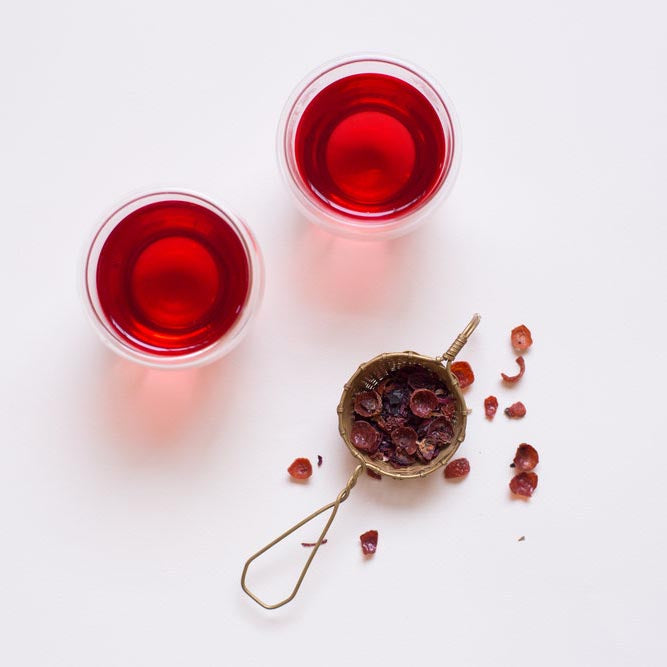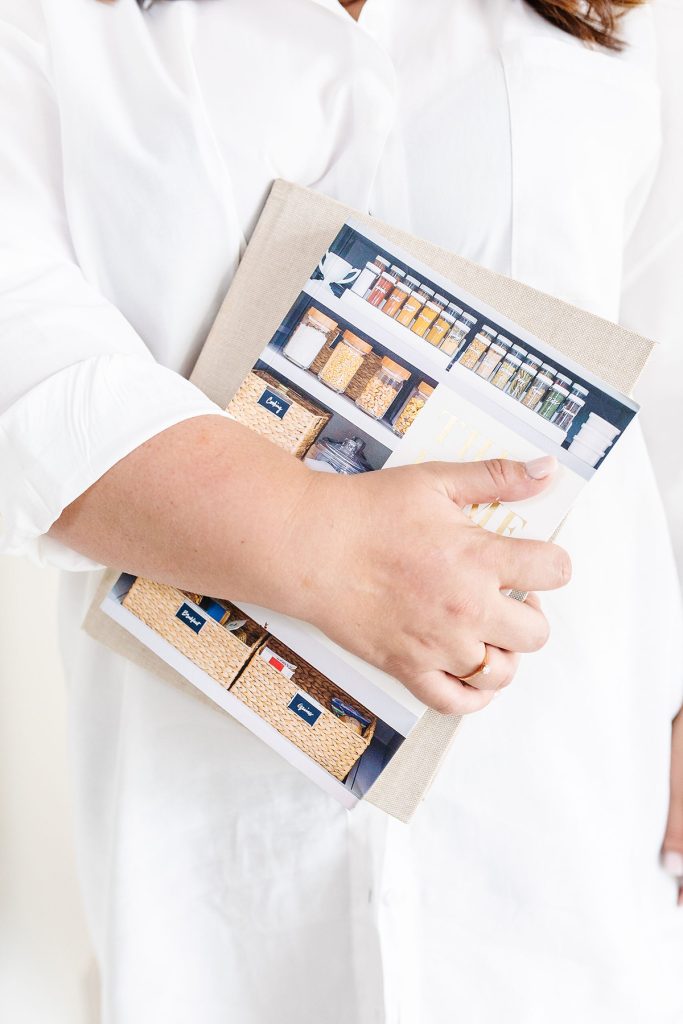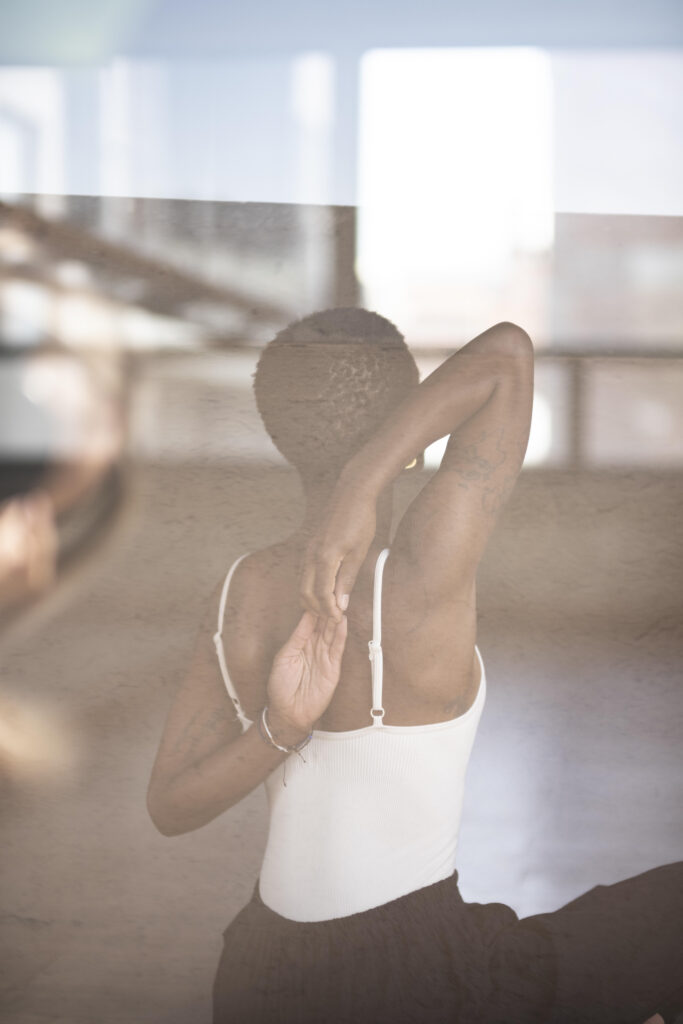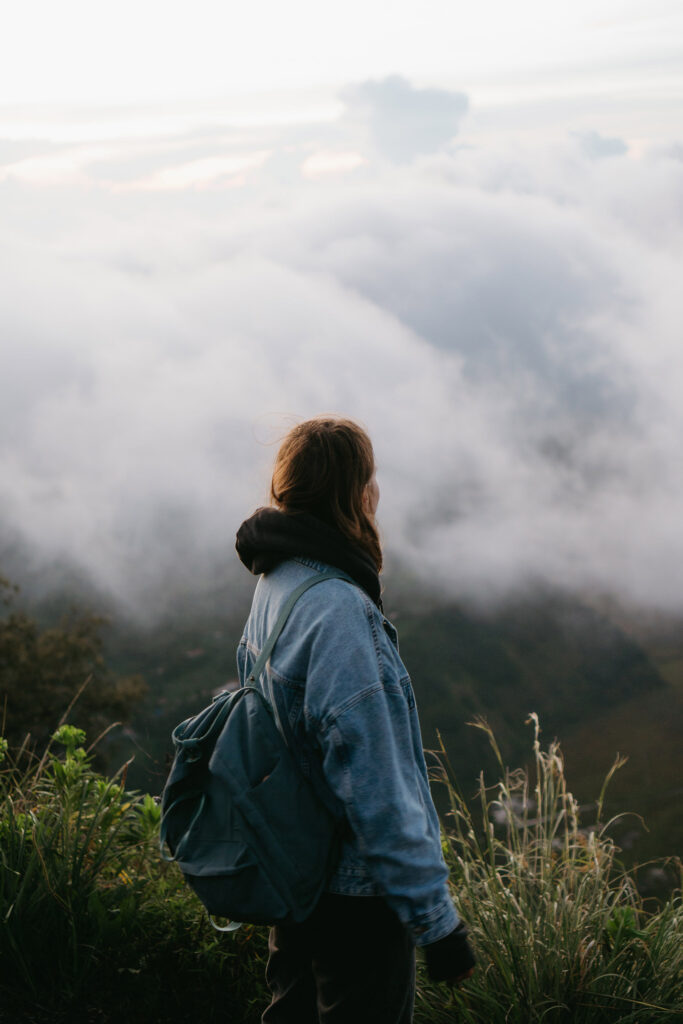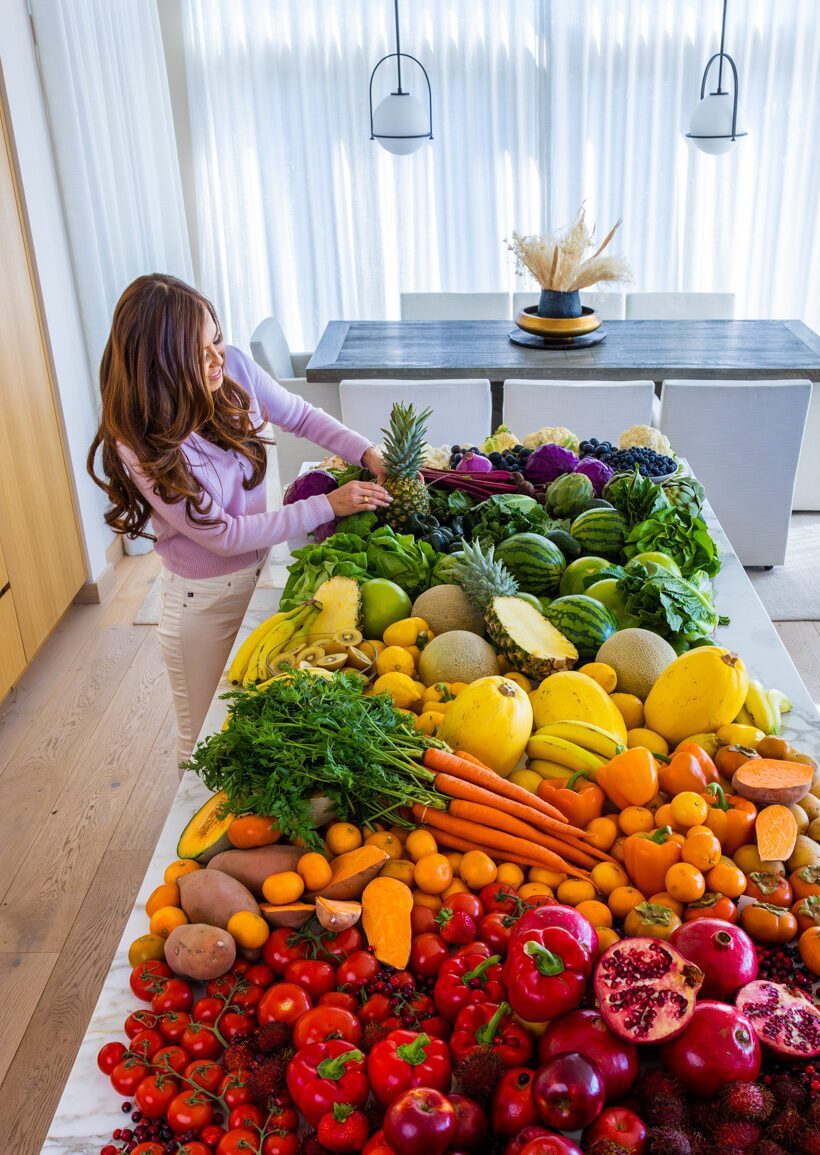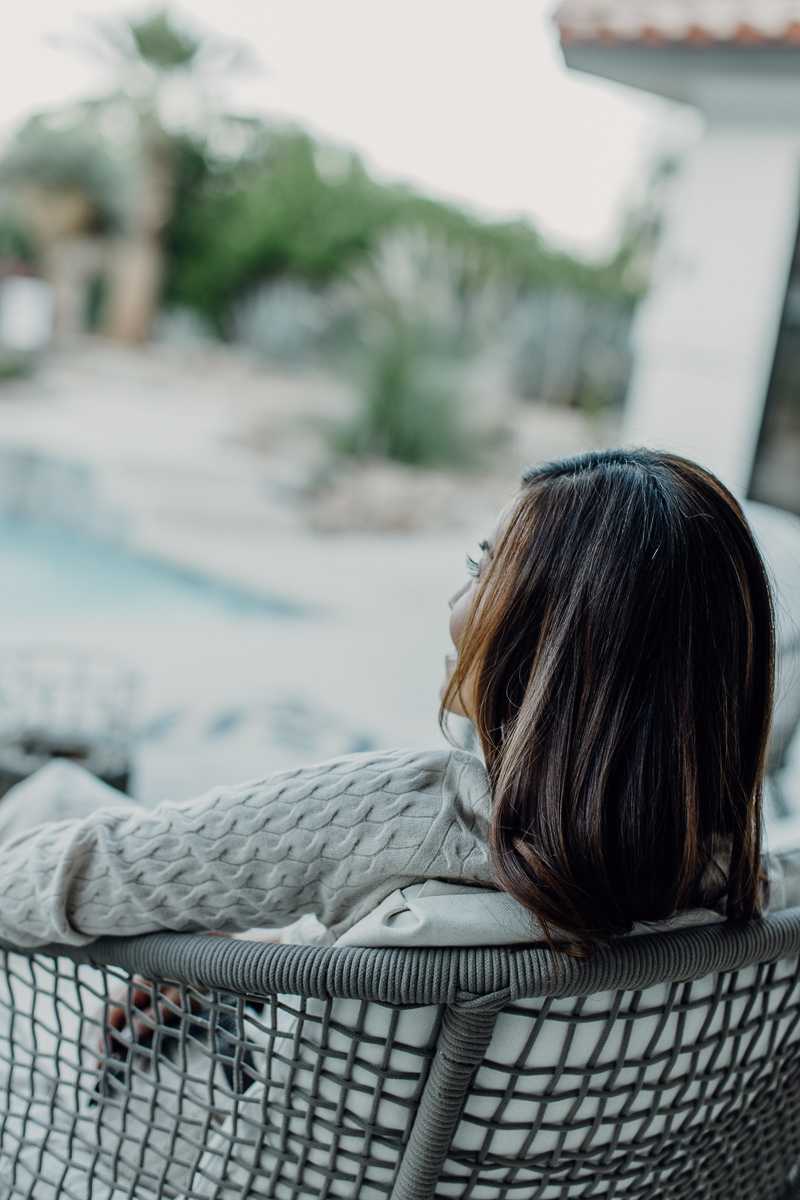Sometimes when I’m feeling off-balance, I find it incredibly calming and soothing to drink tea. Not only does the tea itself contain calming properties, but participating in tea ceremonies can also have a soothing effect.
The history of tea ceremonies in East Asian cultures goes back thousands of years. You might associate tea mainly with the British, but they only recently began drinking tea in the 17th century due to their trade with China. The tea ceremony in Japan, known as chanoyu, and other tea ceremonies in Korea, Taiwan, and China have historical significance that we can still learn from today.
While you might not think of putting tea and meditation together, there are lots of Buddhists who rely on tea ceremonies to help them enter a state of mindfulness. If you struggle to reach a meditative state, tea ceremonies could be just what you need to get your mind in the right place.
The history of tea ceremonies around the world
Every culture follows unique steps in their various tea ceremonies that you can easily adapt to create your own tea ceremonies.
The tranquilizing effect of ritualistic tea preparation has existed since the Tang dynasty in China, which began in the 7th century. People began drinking tea as medicine as early as the Han dynasty around the 1st century.
Modern Chinese weddings still incorporate the tea ceremony as one of the most significant moments of the wedding. The bride and groom serve tea to their family members to symbolize respect and unity.
Another Chinese tea ceremony is known as the gongfu tea ceremony, which is used in more casual get-togethers. The host pours tea for the guests in this special welcoming ritual. You may want to use elements of this tea ceremony the next time you host a dinner party.
In Taiwan, the tea ceremony is focused on appreciating the aroma, appearance, and taste of the tea, including the tea leaves. A separate sniffer cup is used simply for guests to enjoy the fragrance of the tea. You can incorporate the aroma of the tea leaves into your own tea ceremony.
The Japanese matcha tea ceremony, otherwise known as chanoyu, focuses on the sacred act of making tea. It also emphasizes contemplating the art and aesthetics of the tea room. The host takes time to appreciate the architecture of the room, the landscaping, the calligraphy scrolls, the utensils, and the floral arrangements.
As you’re considering what to include in your own tea ceremony, think about designating a special place in your home for making tea. Find some aesthetically pleasing decorations and tea utensils to make the experience more soothing. Take the opportunity to appreciate each aspect of the tea ceremony, performing it slowly and deliberately.
Tea ceremonies and meditation
Tea ceremonies in Japan, Korea, China and Taiwan are actually rooted in Zen Buddhism, an extremely influential religion in the region. This gives tea ceremonies a spiritual side that makes them go hand in hand with meditation.
The first known book about tea written in the 8th century, The Classic of Tea, delves into all of the aspects of tea preparation. Its author, Lu Yu, who was raised in a Buddhist monastery in China, felt that a mindful tea ceremony symbolized a means to attain harmony, clarity, and purity.
Buddhist monks adopted the tea ceremony because they found it to be a slow start to mindfulness that helped them stay focused through long meditation sessions. It is believed that this ritual of tea preparation and presentation also satisfies the soul.
As you prepare your mind and body for meditation, perform a relaxing tea ceremony to help you feel more grounded. Notice the weight of the kettle, the smell of the tea, and the pattern of the teacup. Take small sips and think about the tea as it moves through your body. You’ll naturally ease into a calm, meditative state. To help you reach that state here are my favorite tea recipes to help you cleanse yourself of any stress and negativity.
My top tea recommendations
When it comes to creating your own tea ceremony, one of the most important choices to make is which kind of tea to use. I will soon be sharing three of my favorite tea blends in my wellness shop: Pure Positivity Tea, Pure Energy Tea, and Pure Radiance Tea.
Pure Positivity Tea contains an aromatic blend of organic sweet raspberries, apple, jasmine, hibiscus, rosehips, and guayusa to raise your vibrations to a place of light and happiness. Pure Energy Tea is a white tea blend with organic blueberries to brighten your day and lift your vibe. Pure Radiance Tea makes you glow inside and out by nurturing your senses and nourishing your skin with a blend of organic rosehips and organic hibiscus.
Next time you brew yourself a cup of tea, elevate the experience by making it into an intentional tea ceremony. Try sniffing the tea leaves to take in their gorgeous aroma, noticing the way the tea leaves unfurl, and savoring the tea’s sweet aftertaste. Arrange a lovely bouquet of flowers and enjoy it while you sip your tea! We recommend also taking some calming supplements that can help you achieve relaxation. Alternatively you can try this matcha latte.
My wellness shop is full of hand-picked health and beauty products that help you be the best you can be. Check out my healing stones and essential oils to make your meditation practice even more relaxing.
XO – Serena
by
